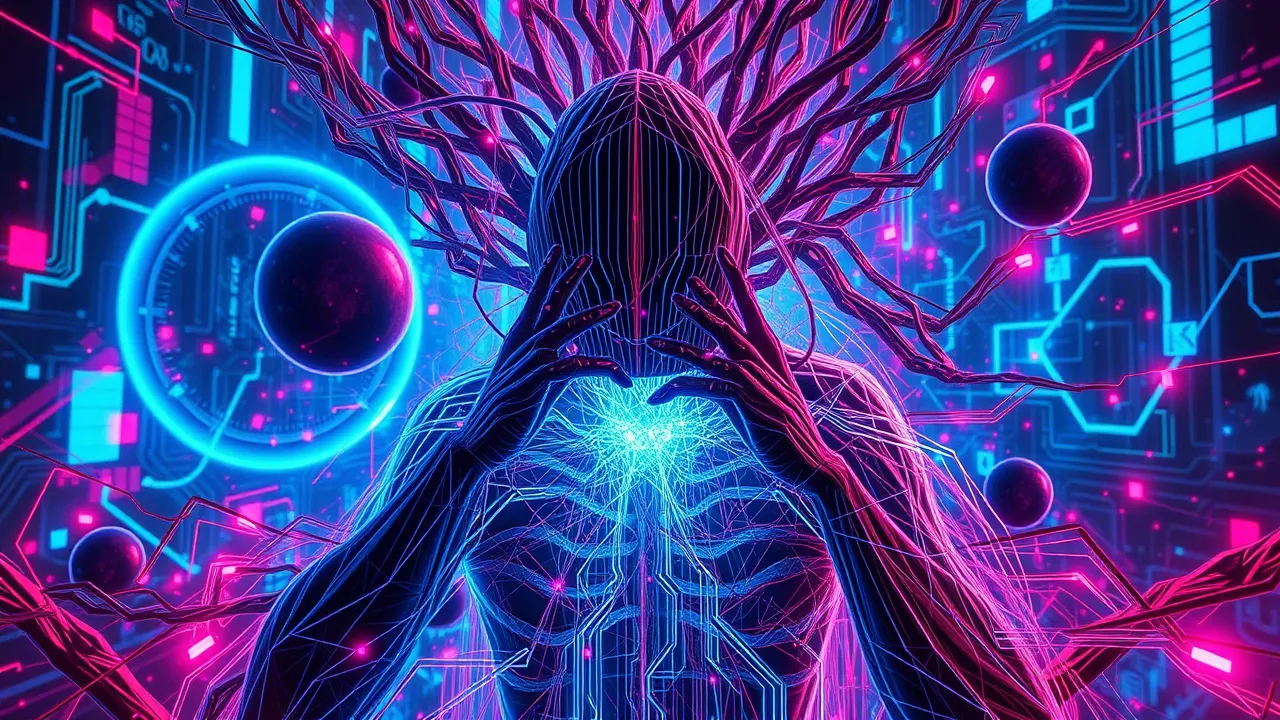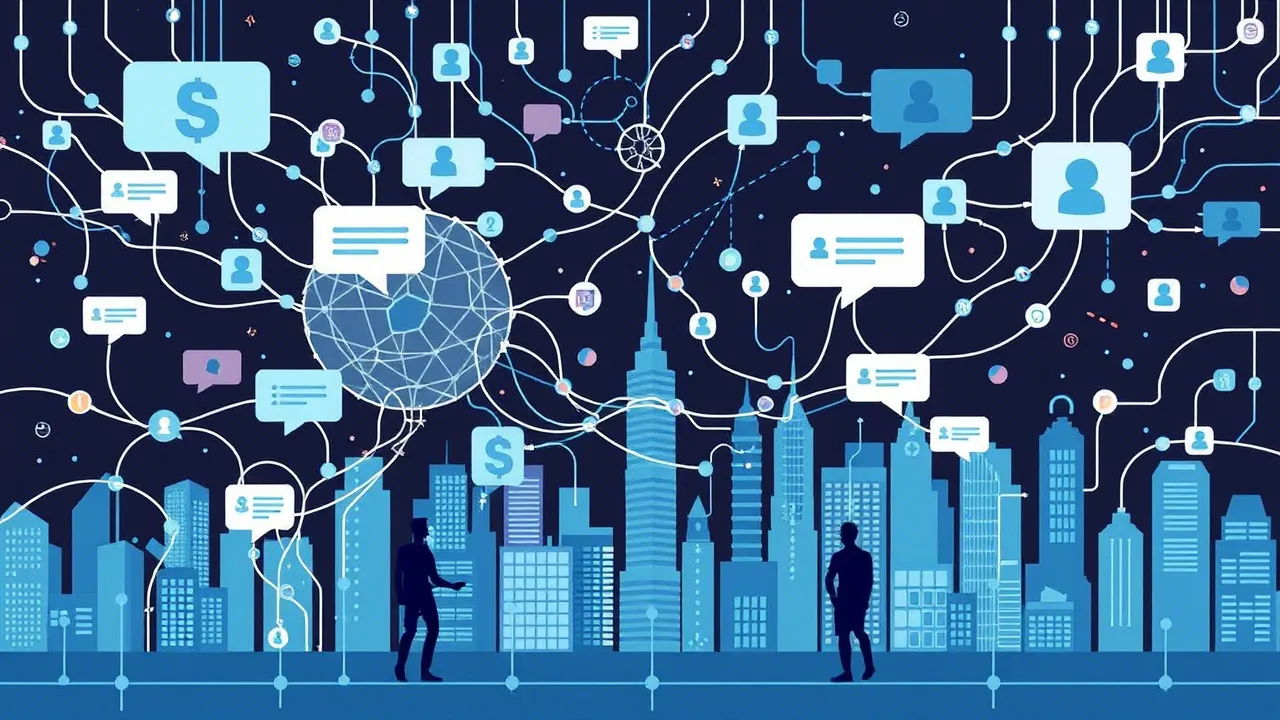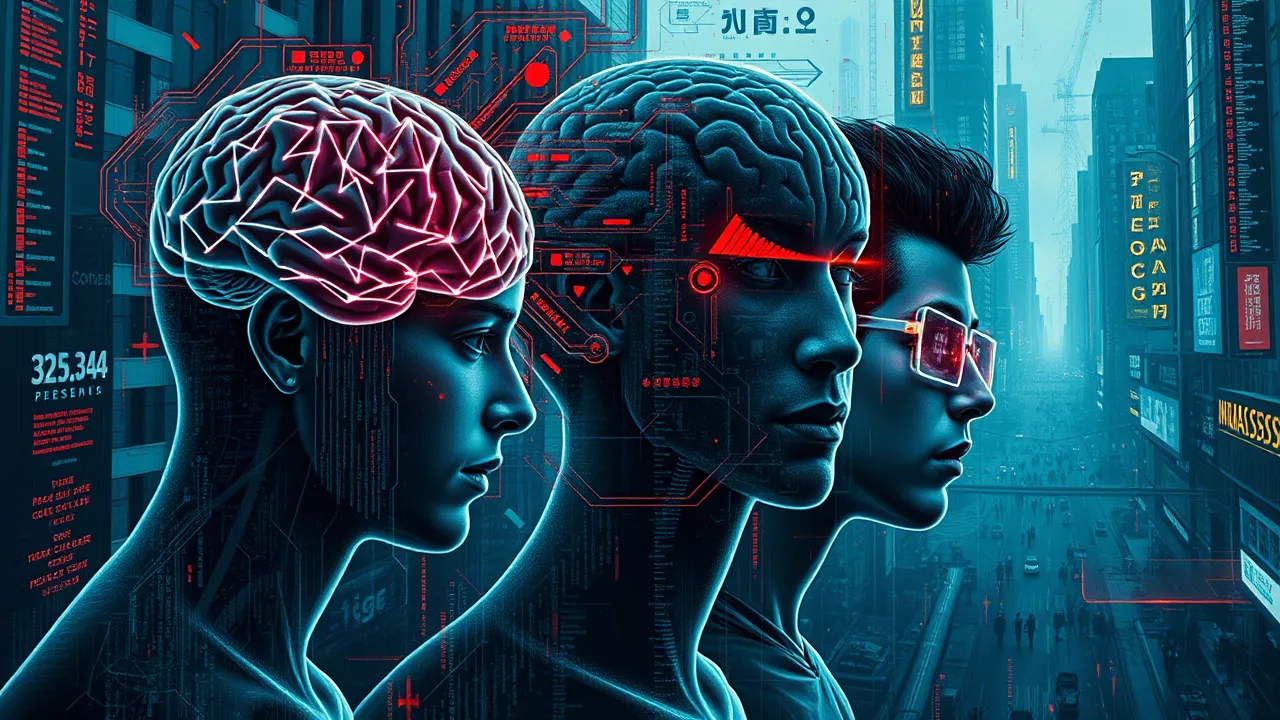Traps of the Digital Mind: How Technology Changes Us (And Not Always for the Better)
Does the feeling of your hand instinctively reaching for your smartphone every five minutes sound familiar? Or when the endless feed of news and social media causes not curiosity, but a dull anxiety and fatigue? Perhaps youve noticed how online discussions turn from an exchange of opinions into fierce battles? These disparate symptoms are part of a larger phenomenon increasingly referred to as "digital madness." This is not a medical diagnosis, but rather a metaphor describing the disorienting, and at times destructive, impact that modern digital technologies and, in particular, artificial intelligence (AI), have on our psychology and social connections. Why do we fall into these traps so easily, and what are their true mechanisms? Lets conduct an analysis.

Part 1: Psychological Roots of Digital Madness: Why Our Brain Is Vulnerable
Our brain, having evolved over millennia to survive in the physical world, was not entirely prepared for the digital onslaught. Technologies exploit our basic psychological needs and mechanisms:
- Dopamine Loops: Notifications, likes, new messages – all activate the brains reward system, causing a dopamine release. Platforms are specifically designed to get us hooked on this "needle" of constant micro-stimuli, fostering addiction.
- FOMO (Fear Of Missing Out): The constant flow of information creates the illusion that something incredibly important is happening somewhere, and we are afraid to miss it. This fear compels us to check updates incessantly.
- Illusion of Social Approval: The number of likes and followers becomes a measure of self-worth for many, leading to a chase for virtual recognition and a painful reaction to criticism or its absence.
- Information Overload: Our brain is not adapted to process such a huge and chaotic flow of information. The result is decreased concentration, cognitive fatigue, memory impairment, and superficial "clip-like" thinking.
- Echo Chambers and Polarization: We instinctively seek information that confirms our beliefs. Algorithms see this and feed us more such content, locking us in "information bubbles" and making us less tolerant of differing opinions.
Part 2: AI as an Architect of Digital Madness: The Role of Algorithms
Artificial intelligence plays a key, though not always obvious, role in amplifying many aspects of "digital madness."

- All-Seeing Recommendation Systems: AI algorithms on social networks (Facebook, Instagram, TikTok), video hosting sites (YouTube), and news aggregators dont just show us content – they actively shape our information agenda. Their goal is maximum user engagement, which is often achieved by showing the most emotionally charged, provocative, or even radical content that keeps our attention.
- Conflict of Interest: Engagement vs. Well-being: The business model of many platforms is built on the time we spend online and our clicks (advertising). Algorithms are optimized for these metrics, often at the expense of our psychological comfort, sleep, or real social interactions.
- AI in Creating and Spreading Disinformation: Modern AI can generate plausible texts, images, and even videos (deepfakes) used to create fake news and propaganda. AI bots can then massively disseminate this content, creating an illusion of its popularity.
- Opacity and Potential Bias of Algorithms: The logic behind many AI algorithms remains a "black box" for users. We dont always understand why we see certain information. Moreover, if AI is trained on data reflecting existing societal stereotypes, it can reproduce and amplify them.
Part 3: Social Consequences: From Online Aggression to a Crisis of Trust
The psychological pressure and manipulation from digital technologies do not pass without a trace for society:
- Epidemic of Cyberbullying and Toxicity: The feeling of anonymity and impunity online often removes internal inhibitions, leading to increased aggression, harassment, and hate speech.
- Deepening Societal Polarization: Algorithmic "echo chambers" lock people into circles of like-minded individuals, increase intolerance towards different viewpoints, and hinder constructive dialogue between various social groups.
- Erosion of Real Social Ties: Superficial online communication and the pursuit of virtual "friends" and likes can replace deep, emotionally rich relationships in real life, leading to feelings of isolation.
- Crisis of Trust: The abundance of fakes, disinformation, and manipulation undermines trust not only in media and official institutions but also in each other. It becomes increasingly difficult to distinguish truth from fiction.
- Influence on Civic Engagement and Political Processes.
Part 4: In Search of Digital Sanity: Tools and Strategies for Awareness
Despite the seriousness of the problem, "digital madness" is not a sentence. There are both individual and societal strategies to restore balance and increase awareness.

- Developing "Digital Hygiene" on a Personal Level:
- Conscious content consumption: limiting time on social media, turning off unnecessary notifications, information "diets."
- Developing critical thinking and media literacy skills: learning to check sources, recognize manipulation.
- Using time and task management tools. For instance, AI assistants like UseMotion can paradoxically help structure digital interaction and reduce overload if used wisely.
- Education and Enlightenment: Its important to teach children and adults safe and productive interaction with digital technologies from an early age.
- Movement towards "Responsible AI":
- Developing and implementing ethical principles in AI system creation. Toolkits such as IBM AI Fairness 360 help identify and mitigate bias in algorithms, making them fairer.
- Increasing transparency of algorithm operation. Resources like Google PAIR Explorables aim to make AI principles more understandable to the general public, fostering a conscious attitude towards technology.
- Platform Responsibility and Potential Regulation: Discussions about the need for greater responsibility from tech giants for content and algorithms, as well as possible state and international regulation.
Conclusion: Rethinking Our Relationship with the Digital World
"Digital madness" is not an inherent property of technologies themselves, but rather a result of the complex interaction of these technologies with human psychology and social structures. A deep analysis of the causes and mechanisms of this phenomenon is the first and necessary step towards finding solutions and restoring a healthier balance.
It is important to remember that we are not just passive consumers of digital content, but active participants in shaping the digital environment. By developing awareness, critical thinking, and demanding greater responsibility from technology creators, we can hope that the digital world will serve our development and well-being, rather than exacerbating problems. Caution here is key to maintaining sanity, and hope for the best is an incentive to act.
